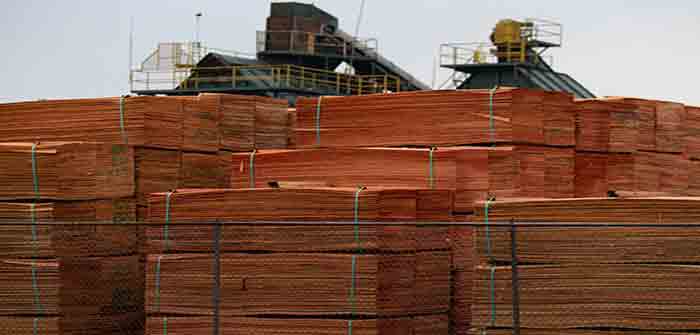
by Tom Ozimek at The Epoch Times
Lumber prices have continued to decline after soaring by around 300 percent over the year in May, when they hit record highs and added around $36,000 to the cost of an average new single-family home.
As sawmills have ramped up output and buyers put off purchases, both spot lumber prices and futures contracts have seen a sharp drop since May’s peak of nearly $1,700 per thousand board feet, the unit of measurement for lumber in the United States.
CME’s Random Length Lumber Continuous Contract (LBOO) front-month futures lumber prices were trading at $968.60 intraday on Tuesday, after closing at $996.20 on Monday, the first time the index fell below $1,000 since March. That’s down nearly 24 percent over the month, though still up over 157 percent over the year.
In a sign that the downward trend may be poised to continue, the futures contracts for upcoming months show lumber prices for September 2021 delivery trading at $868.00 intraday Tuesday, November 2021 at $753.20, January 2022 at $732.10, March 2022 at $676.00, with May and July both at $681.00
Spot lumber prices have also seen a sharp decline. Pricing service Random Lengths reported Friday that its framing lumber composite price index, which tracks spot lumber prices on a weekly basis, dropped $122 to $1,324, its biggest-ever weekly decline. This came after the index saw its largest ever rise in the first week of May.
BMO analyst Mark Wilde predicts that “‘nosebleed’ prices won’t last,” according to a note via Bloomberg. He added, however, that lumber costs will remain “above-trend” for the next 1 to 2 years due to “strong demand, a limited supply response, and a rising cost curve.”
Scott Reaves, forest operations director at Domain Timber Advisors, told Bloomberg he expects prices to stay above $500 per thousand board feet for the next five to eight years.
The surge in lumber prices in 2021 has hit homebuilders and buyers hard, driving up the cost of an average single-family home by nearly $36,000, according to the National Association of Homebuilders (NAHB).
The rising material prices and supply chain issues have driven builder confidence down to its lowest level since August 2020, according to the latest NAHB/Wells Fargo Housing Market Index (HMI), released on Tuesday.
“Higher costs and declining availability for softwood lumber and other building materials pushed down builder sentiment in June,” said NAHB Chairman Chuck Fowke. “These higher costs have moved some new homes beyond the budget of prospective buyers, which has slowed the strong pace of home building. Policymakers need to focus on supply-chain issues in order to allow the economic recovery to continue.”
The HMI index shows that builder confidence in the market for newly-built single-family homes fell two points to 81 in June. Still, with any number over 50 indicating that more builders view conditions as good rather than poor, the reading is a signal of strong demand in a housing market beset by inventory shortages.
Sales expectations in the next six months posted a two-point decline to still-high 79, suggesting a high level of confidence among builders that their business will improve, according to NAHB…
Continue Reading